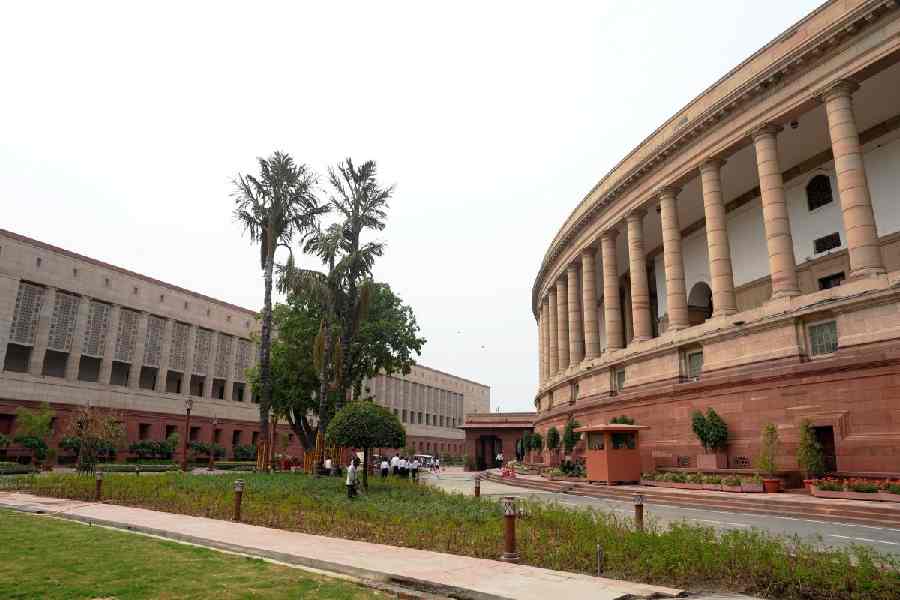The upcoming Union budget is one of the more important ones our country has seen, coming as it is after a pandemic that brought the economy to a standstill and put a pause on people’s aspirations. Finance minister Nirmala Sitharaman will undoubtedly receive many recommendations on what she must announce. I have a few as well focusing on three key areas: increasing disposable income through enhanced tax-breaks, stimulating real estate for the multiplier effect it has on the economy and incentivising the purchase of term insurance.
Increase 80C limit to Rs 3 lakh
The 80C limit, which is Rs 1.5 lakh at present, was last revised in July 2014. This should be doubled to account for inflation and to give better value for many of the unavoidable expenses taxpayers incur. Section 80C is a smörgåsbord of many deductions and in many cases, the limit is too little to meaningfully account for all of them.
The section allows deductions for home loan principal payments, life insurance and annuity payments, qualified investments such as PPF, NSC, ELSS etc and much more. If you consider the example of a salaried taxpayer who has a home loan, school-going children, long-term investments and life insurance premium, the current limit of Rs 1.5 lakh may be inadequate, though these payments are essential to the taxpayer.
Therefore, at the very least, he should be able to get higher deductions for some of these payments which are getting bigger with each passing year, especially in urban areas where schooling and housing aren’t cheap.
Second, it would to good to remove some of the items eligible for 80C deductions to new sections. This would free up more of the 80C limit for investments and retirement planning. This, in turn, would direct more investments into government schemes such as EPF and PPF — which the government surely won’t mind.
Home loan deduction of Rs 5 lakh
Home loan deductions should be moved to a new section with an exemption limit of Rs 5 lakh, without sub-limits on principal on interest. There are at present four deductions for home loan payments: for principal paid up to Rs 1.5 lakh under 80C and for interest paid under 24B (Rs 2 lakh), 80EE (Rs 50,000) and 80EEA (Rs. 1.5 lakh). Streamlining these deductions under a single new section and enhancing their combined limit would bring them closer to the challenging reality of home buying.
The costs are high and, therefore, the borrowing must be large. So, the tax breaks, too, should keep pace with the market realities.
According to BankBazaar data, the average home loan taken by women in 2020 was around Rs 31 lakh. Over 20 years, assuming an interest rate of 8 per cent, the first-year interest on this loan is Rs 2.45 lakh while the principal paid is Rs 65,524. Despite paying a total of Rs 3.11 lakh, the available first-year tax deduction here is just Rs 2.65 lakh. While 80EEA addresses this deficit for first-time home buyers, it discriminates against ineligible buyers and more so against second-time buyers who must upgrade out of necessity.
The prohibitive costs make it difficult for buyers to make their dream home purchase the first time, and compromises are made in terms of costs, size or locality. When they are ready to upgrade to accommodate their growing needs, the tax breaks are not available to them. Therefore, streamlined deductions up to Rs 5 lakh without sub-limits to all buyers would be welcome. The enhanced limit is also equal to the sum of deductions under 80C, 24B and 80EEA for eligible borrowers and, therefore, not an unrealistic ask.
Higher deductions for home loans would revive interest in real estate which has slowed down for long. A boost to real estate has a multiplier effect on the economy. Therefore, the deductions should not only increase disposable income but also boost a priority sector.
Term insurance deduction of Rs 25,000
Let us next examine the problem with life insurance penetration and low persistency. According to IRDAI figures, only around 2.76 per cent Indians own life insurance of which only 61 per cent actually continue with their coverage beyond the fifth year. The reasons for dumping the coverage may range from liquidity needs, disappointment with the returns or not being able to continue paying premium.
Term insurance offers large coverage at low costs and its adoption should be encouraged, especially over investment-linked insurance which demand large premium but lack liquidity and provide low returns. A 30-year-old person can buy a coverage of Rs 1 crore for 30 years at an annual cost of around Rs 7,000 to Rs 15,000, whereas a similar cover through other forms of insurance would be prohibitively costly. The term plan option is not just affordable but also a need for a person with financial dependants and liabilities such as loans.
A new deduction just for term insurance premium up to Rs 25,000 would be in line with 80D limits and encourage many to adopt term coverage. A differentiation must be made between term plans under this new section and deductions for other life insurance varieties under 80C. Moreover, opting to buy term insurance would free up the policyholder’s savings for investment in the securities market and government schemes where they will be able to earn better returns on investments. This would also divert more money in government schemes.
After a year like 2020, it is imperative that the government puts more cash in the hands of the common man. These enhanced deductions on essential expenses would help in that regard.
The writer is CEO, BankBazaar.com










